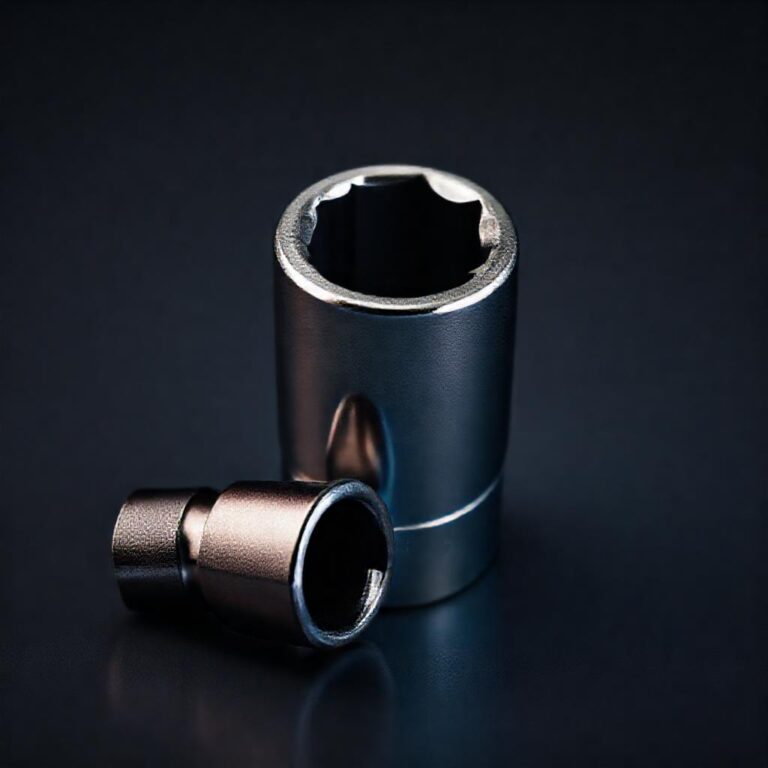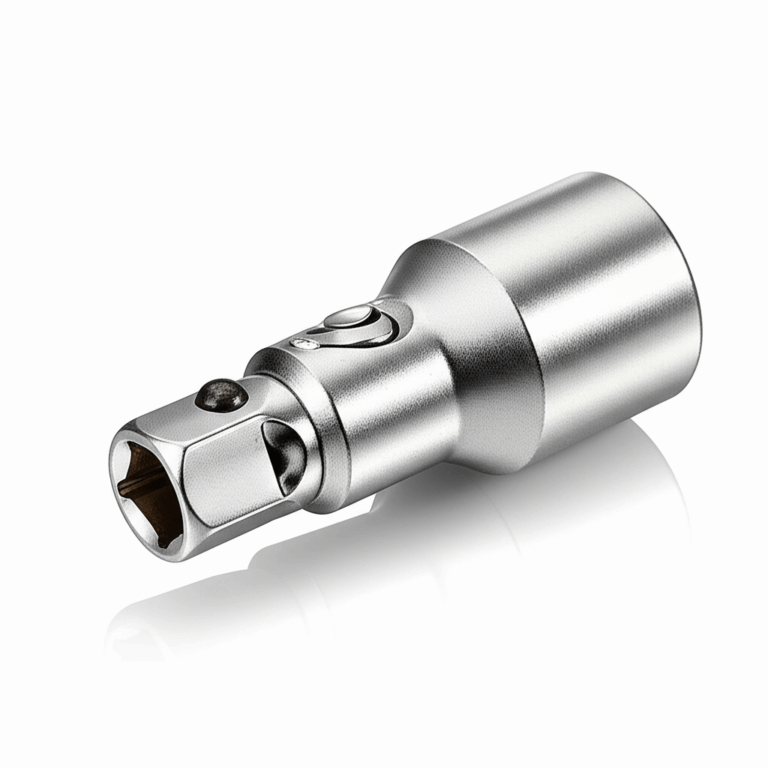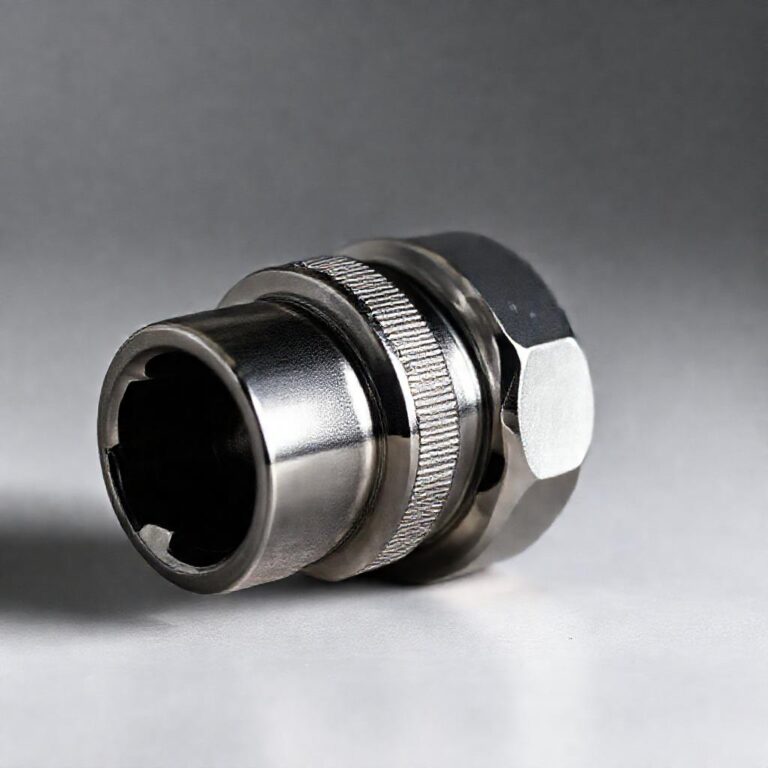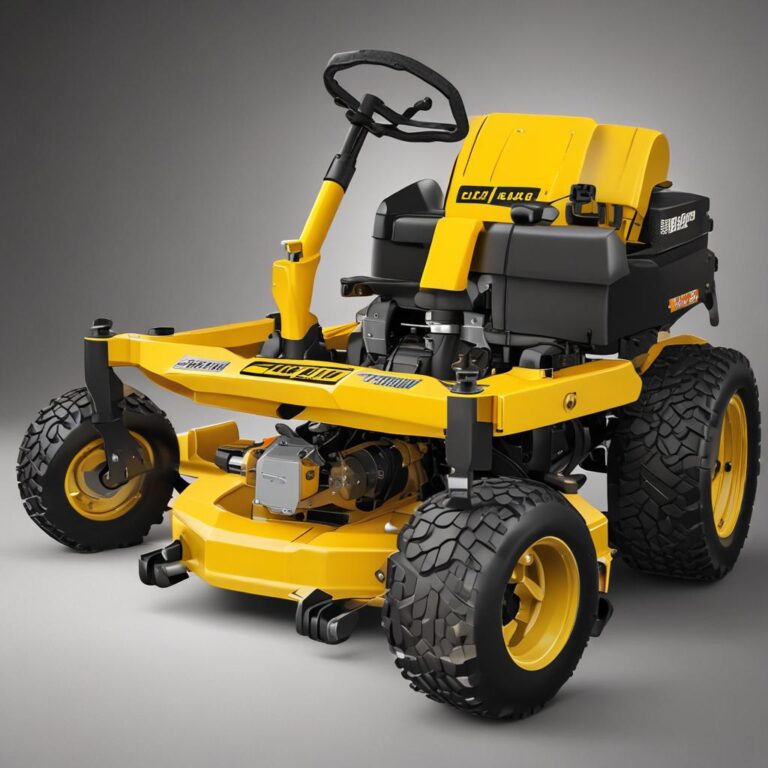Socket Size Chart Explained: Metric and Standard (sae) Comparison
Working with fasteners, whether in automotive repair, construction, or DIY projects, requires precision. One of the most fundamental tools for tightening or loosening bolts and nuts is the socket wrench—and knowing the right socket size is crucial. Socket sizes are measured in two primary systems: metric (millimeters) and Standard (SAE, or Society of Automotive Engineers, in inches). Understanding the differences between these systems and how to use them correctly can save time, prevent damage to fasteners, and ensure a smooth workflow. This guide breaks down socket size charts, explains the key differences between metric and SAE sizes, and provides practical tips for choosing the right tool for your needs.
What is a Socket Size Chart?
Definition and Purpose
A socket size chart is a reference tool that lists the available sizes of sockets in both metric and SAE measurements. It helps users select the correct socket size for a given fastener, ensuring a proper fit. Without this chart, guesswork could lead to stripped bolts, damaged sockets, or inefficient work. Whether you’re a professional mechanic or a weekend DIYer, a socket size chart is an essential resource for accuracy and efficiency.
Common Applications
Socket size charts are used across various industries and tasks, including:
-
Automotive Repair:
Most vehicles use a mix of metric and SAE fasteners, so mechanics rely on these charts to work on different models.
-
Construction and Manufacturing:
Builders and fabricators often encounter both metric and SAE hardware, especially in international projects.
-
DIY Home Projects:
From assembling furniture to repairing appliances, homeowners use socket size charts to select the right tools.
Understanding Metric Socket Sizes
Metric System Overview
The metric system, based on millimeters (mm), is the standard for socket sizes in most parts of the world, including Europe, Asia, and modern vehicles. It provides a precise and consistent measurement system, making it easier to standardize tools and fasteners. Metric sockets are typically marked with their size in millimeters (e.g., 6mm, 10mm, 13mm).
Metric Socket Size Range
Common metric socket sizes range from as small as 4mm (for delicate electronics) up to 32mm or larger (for heavy-duty applications). Some of the most frequently used sizes include:
- 6mm
- 8mm
- 10mm
- 12mm
- 13mm
- 14mm
- 17mm
- 19mm
When to Use Metric Sizes
Metric sockets are predominantly used in regions where the metric system is standard, such as Europe, Australia, and most of Asia. They are also common in modern vehicles, especially those manufactured in the last few decades. If you’re working on a European car or a newer model, metric sockets are likely the best choice.
Understanding Standard (SAE) Socket Sizes
SAE System Overview
The SAE (Society of Automotive Engineers) system measures socket sizes in inches or fractions of an inch. This system is primarily used in the United States and some older vehicle models. SAE sockets are marked with sizes like 1/4″, 3/8″, 1/2″, and 9/16″.
Metric vs Standard, Imperial or SAE – Wrenches, Sockets, Bolt Size Chart + Mechanic Math
Standard Socket Size Range
Common SAE socket sizes range from 1/4″ (smaller fasteners) to 1 1/2″ or larger (heavy-duty applications). Some frequently used sizes include:
- 1/4″
- 5/16″
- 3/8″
- 7/16″
- 1/2″
- 9/16″
- 5/8″
- 11/16″
When to Use SAE Sizes
SAE sockets are most commonly used in North America, particularly for older vehicles and machinery. If you’re working on an American-made car from the mid-20th century or earlier, SAE sockets will likely be necessary. Some tools and equipment, such as certain bicycles or industrial machinery, may also use SAE fasteners.
Metric vs. Standard (SAE) Socket Sizes: Key Differences
Measurement Units
The primary difference between metric and SAE sockets lies in their measurement units. Metric sockets use millimeters (mm), while SAE sockets use inches or fractions of an inch. This difference can lead to slight variations in fit, even if the sizes appear similar on paper.
Compatibility with Fasteners
It’s essential to match the socket size to the fastener type. Using a metric socket on an SAE fastener (or vice versa) can result in a loose fit, difficulty in tightening/loosening, or damage to the fastener. Always check the markings on bolts and nuts to determine whether metric or SAE sockets are needed.
Regional and Industry Preferences
The choice between metric and SAE sockets often depends on geographic location and industry standards. For example, European vehicles predominantly use metric fasteners, while older American cars may rely on SAE. Some industries, such as aviation or construction, may have specific preferences based on historical or regulatory factors.
How to Read a Socket Size Chart
Interpreting Metric and SAE Measurements
Most socket size charts list both metric and SAE sizes side by side for easy reference. To read a chart:
- Locate the size you need (e.g., 10mm or 3/8″).
- Check the corresponding SAE or metric equivalent if converting.
- Ensure the socket matches the fastener’s measurement system.
Conversion Between Metric and SAE
If you need to convert between metric and SAE sizes, use a conversion chart or online tool. For example, 10mm is approximately 3/8″, but exact conversions may vary slightly. Rounding errors can lead to mismatched fits, so always verify measurements before use.
Common Mistakes to Avoid
When selecting socket sizes, avoid these common errors:
- Assuming all fasteners in a region use the same system (some vehicles mix metric and SAE).
- Relying on visual estimation rather than precise measurements.
- Using a socket that’s too large or too small, which can strip fasteners.
Choosing the Right Socket Size for Your Needs
Factors to Consider
When selecting a socket, consider:
- The type of fastener (metric or SAE).
- The size of the bolt or nut.
- The application (e.g., automotive, construction, electronics).
Socket Sets: Metric vs. SAE
Deciding between a metric-only, SAE-only, or combination socket set depends on your needs:
-
Metric-Only:
Ideal for working on modern vehicles or in regions where metric is standard.
-
SAE-Only:
Useful for older American vehicles or specific machinery.
-
Combination Sets:
The most versatile option, covering both systems for diverse projects.
Tips for Beginners
If you’re new to socket wrenches, start with a basic set that includes the most common sizes. Familiarize yourself with how to read socket markings and always double-check fastener sizes before applying force. A quality ratchet and extension set will also make your work easier.
Conclusion
Understanding socket size charts is essential for anyone working with fasteners. Whether you’re using metric or SAE sockets, knowing the differences, applications, and conversion methods ensures you select the right tool for the job. By referring to a socket size chart and considering your project’s requirements, you can avoid costly mistakes and complete tasks efficiently. Always double-check your measurements, and when in doubt, consult a reliable reference guide to ensure accuracy.
Metric vs SAE. Differences and similarities. Which sizes can be substituted for others.
FAQ Section
1. What is the difference between metric and SAE socket sizes?
Metric sockets are measured in millimeters (mm) and are standard in most of the world, while SAE sockets use inches or fractions of an inch and are common in North America and older vehicles.
2. Can I use a metric socket on an SAE fastener?
Using a metric socket on an SAE fastener (or vice versa) can result in a poor fit, making it difficult to tighten or loosen the fastener properly. Always match the socket size to the fastener’s measurement system.
3. How do I convert metric socket sizes to SAE?
Use a conversion chart or online tool to convert between metric and SAE sizes. For example, 10mm is roughly equivalent to 3/8″, but verify the exact measurement for precision.
4. Which socket system is more commonly used globally?
The metric system is more widely used globally, especially in Europe, Asia, and modern vehicles. However, SAE sockets remain prevalent in North America for certain applications.
5. What should I look for when buying a socket set?
Consider whether you need metric, SAE, or a combination set based on your projects. Look for durable materials, a range of common sizes, and a quality ratchet for versatility.







